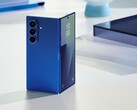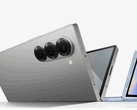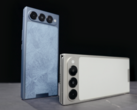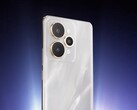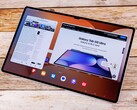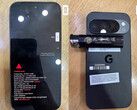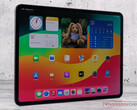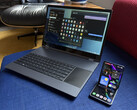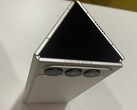Smartphone manufacturers have been challenging each other to release ever-thinner and lighter foldable smartphones for a few generations at this point. As a representation of the importance that Samsung, Honor, Vivo and others place on these factors, all have stressed that their latest foldables are either the thinnest or lightest in their category throughout their official marketing materials.
While the Galaxy Z Fold, Magic V and X Fold are all lighter than ever with their current releases, Samsung, Honor and Vivo have all somewhat massaged their weight figures in the past to achieve their official values. For example, the Galaxy Z Fold6 officially weighs 239 g. However, third-party tests show the device coming in 5 g heavier at 244 g. Similarly, the Magic V3, X Fold3 Pro and even the Find N5 all come in a few grams heavier than what their respective manufacturers claim.
Ultimately, none of these companies are lying about the foldable device weights. Instead, they are discounting how much their included screen protectors weigh, just like their candybar counterparts. It is worth stressing that all foldable manufacturers warn against removing their inner screen protectors though, for risk of causing damage to their foldable displays.
Previously, only Google has factored in this inner screen protector weight with the Pixel Fold. Based on evidence provided by Ice Universe, the Galaxy Z Fold7 does not hit Samsung's quoted 215 g weight. Nonetheless, it only misses this target by 3 g, unlike the Find N5, Magic V5 or X Fold5.
By contrast, Ice Universe shows the lightest version of the Magic V5 actually weighs 224 g all things considered. Meanwhile, the white versions of the Find N5 and X Fold5 match each other at 236 g. Anecdotally, the Titanium version of the X Fold5 drops to around 226 g by adopting a fibre glass back panel instead of a pure glass one. Regardless, the Galaxy Z Fold7 appears to be the king of the hill when it comes to actual device weight (curr. $1,999 on Amazon) of this book-style foldable generation.







